The inauguration of the railway from Portimão to Lagos took place on July 30, 1922, 90 years ago today. It was a true moment of rejoicing for the populations served by the new line and was carefully organized by the Lacobrigenses.
The pride with which they prepared the party may have even served as a pitch by the newspaper “O Portimonense” to the Câmara de Portimão. It reminded that newspaper that until then that village used a station “located outside the county and at a considerable distance”, a location now corrected by the construction of its own station on the new branch. Thus, “O Portimonense” said, “it is fair, it seems to us that on that day the City Council of Portimão also manifested itself celebrating it and contributing to a greater prominence to this event”.
In fact, in Lagos there was not an opening day, but three festive days, in honor of the improvement. At the end of June, the president of the Chamber went to Lisbon, with the aim of inviting, for that solemn moment, the head of government and some ministers. Scheduled for July 23, the inauguration was eventually postponed a week, taking place on July 30, 1922.
On the night of July 28, the Minister of Commerce, Eng. Lima Bastos, went to the Algarve to participate in the festivities. His early trip involved a visit he intended to make to various locations in the region (Loulé, S. Brás, Monchique, etc.), as well as to commercial and industrial schools in Faro and Silves.
On the same night, at the invitation of the Festas Committee, the drama group Herculano Marinho, the “Foot-Ball Club Barreirense” and the Band of the Sociedade de Instrução e Recreio do Barreiro, as well as many people from Barreiro, traveled to Lagos.
The next morning, shortly after 10:00 am, the philharmonic band toured the streets of Lagos and with it the celebrations began.
At 12:00 pm, a bodo was distributed in the City Council's treasury to around 400 poor people. This was followed by a concert in the Praça da República, ending the day with a new concert and a performance by the dramatic group at the Cine-Teatro Ideal. The whole city was celebrating, seeing, according to the “Diário de Notícias”, “the streets and public buildings and many individuals were flagged”.
The first train from Barreiro to Lagos
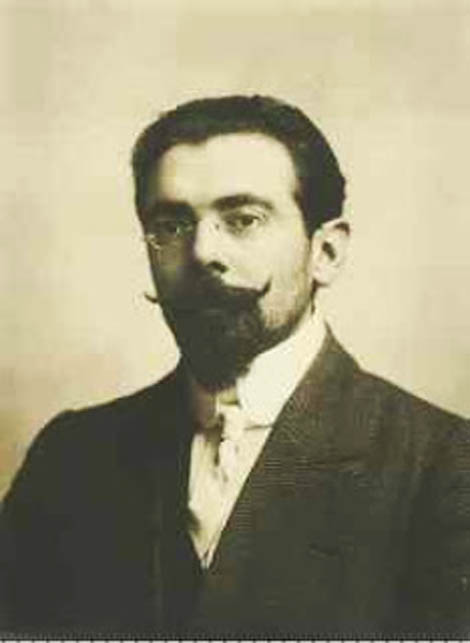
At 1:00 am on July 30, a steamship connecting the inaugural train left Lisbon, which departing from Barreiro on a direct journey to Lagos was carrying the president of the Ministry Eng. António Maria da Silva, Minister of Labor Dr. Vasco Borges, secretaries , director of the Southern and Southeastern Railways, captain Plínio Silva, engineers, press representatives, the band of the Sociedade Democrática União Barreirense, among other guests.
The day dawned in Lagos with a riot by the music band and mortar rounds. For the newspaper “O Século”, the population lived “hours of delirious enthusiasm, arriving at all times outsiders”.
The special convoy was expected at around 11:40 am, and at that time, despite the intense heat, the station was full of people, official entities, class associations, infantry force, more than ten thousand people, in the estimate of “The Century”.
After a trip without any incident, and a brief stop in Portimão, where the region's deputies, trade minister and civil governor arrived, the convoy continued, now on the new branch.
The stations along the route were flagged, full of people, and with bands of music, the ministerial composition having entered the needles in Lagos to the table.
At that very moment, and according to “Correio do Sul”, “numerous rockets went up, announcing the arrival of the first convoy to the city”, simultaneously echoing in the air a resounding round of applause, mixed with cheers for the Republic.
After the official greetings, a vast procession was organized, in which ministers, a City Council with a banner, representatives, a music band and many people were incorporated, heading to the City Council, where the solemn session took place. The guard of honor at the Paços do Concelho was made by a company of infantry 33, with a band.
The session was chaired by the Head of Government, who was secretary by the aforementioned ministers. The speeches began by General Correia, president of the Municipal Senate and also of the Commission of the Inauguration Parties, who praised all those who contributed to the realization of that old aspiration, followed by the president of the Administrative Commission of the City Council, referring that “Lagos it is no longer forgotten, but it is also necessary not to forget the workers who are now out of work and facing a bad agricultural year, which is why new public works must be opened”.
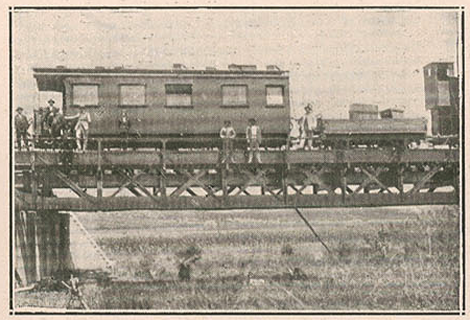
Several parliamentarians and other figures of local importance also spoke, succeeding the Minister of Commerce and the Head of Government. The latter stated, according to the DN, “it is necessary, in the difficult time that we are going through, to restore order in the street, in the barracks and in the spirits, with criminal defendants from Lesa Patria being all those who now carry out revolutions or cause disorder. It is necessary – he said – to lower all party flags and raise them together in the common interest of the Motherland”, words crowned with cheers and applause from the audience. Afterwards, the Notice of Inauguration of the new branch was read and signed by all, and a greeting telegram was also sent to the Head of State on behalf of the City Council of Lagos.
At around 14 pm, a banquet was held in the Court room, offered by the Chamber to the guests. The room was richly decorated with damask bedspreads, and new speeches were repeated during the meal.
After lunch, the ministerial delegation visited an exhibition of works by students from the Industrial School, in the “Vitorino Damásio” room, where there were lace, paintings and other domestic works. The quality of the articles on display earned the school's director, the painter Falcão Trigoso, several compliments, and the minister of Commerce promised to provide the school with three thousand escudos.
After a brief visit to the chapel of Santo António, “one of the most interesting religious establishments in the country due to the important work of carving and oil painting”, the distinguished excursionists took a walk along the bay of Lagos, in two canoes (“Lidador” and “ Quanza”).
A game of foot-ball
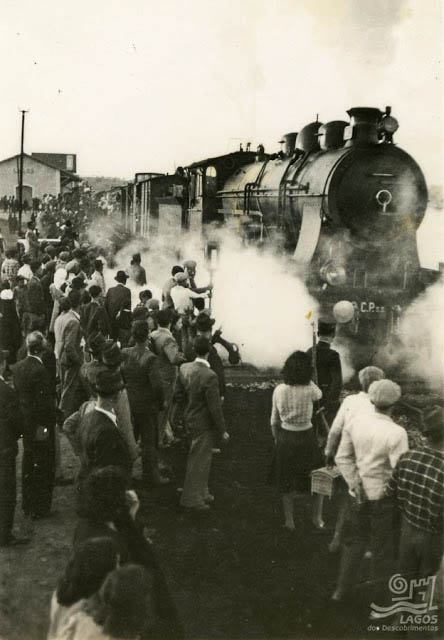
That afternoon, at Trindade field, a foot-ball match took place between Club Barreirense and a mixed group of players from Lagos Primeiro, winning 5-0. Cine Theater".
Lagos was teeming with people. In the morning, shortly after parking the inaugural train, another one arrived, consisting of 25 carriages “crowded with people”. People who traveled there purposely to attend the celebrations, while many others were held up at the stations on the route, because the train did not hold any more passengers.
This crowd, according to “Correio do Sul”, invaded in Lagos the “known Hotel Miquelina, all the guesthouses and inns and the beaches of the bay, where, in the shadow of the rocks, countless lunches were seen, devoured by teeth full of appetite and joy. ”.
At night, the city “kept flagged and illuminated by thousands of balloons, concerts were held in the Gil Eanes and República squares, and a beautiful fire in Viana do Castelo was burned”.
Although the ministerial entities left that night for Lisbon, the following day was equally festive. In the morning, there was a dawn with mortars and a band of music. The exhibition at the Industrial School was again open to the public and from 14:00 regattas in the bay were repeated, as well as a new football game between Club Barreirense and the mixed group from Lagos, brightened by the band from Sociedade e Instrução do Barrier.
To end the celebrations, at around 21 pm, there was a concert by the same band and recitation by the theater group “Lealdade” do Barreiro, at the Cine-Teatro Ideal, with the festivities lasting until 30 am.
Project completed 33 years later
Thirty-three years after the idea of building a railway line to Lagos had been proposed, this was finally implemented, and constituted, in the opinion of the newspaper “O Século”, “a charming picturesque, crossing green and flowery fields, almost always bordering the sea.” To then conclude “a luxury extension, a tourism line, as they already call it”.
The main factor of valorization and progress, which then constituted the convoy, finally arrived in Lagos. After all, the county, with about 18 000 inhabitants, "of a highly developed fishing and canning industry, an appreciable export trade in dried fruits and having a beautiful agricultural region, one of the most cereal producers", could not continue to support any longer. time “the enormous damage that was the lack of railway communications”.
The achievement of such an important improvement was not an easy task, but the Lacobrigenses achieved it and celebrated it exceedingly. As for Portimão, the festivities that took place there were not reported to the press, if at all.
Having won an arduous battle, the mayor soon set out to carry out the works of the port, and the valorization of Meia Praia.
About the latter, he prophesied the “Portuguese Illustration”, “served by a projected avenue and by the railway, it will become one of the most delicious resorts in the Algarve, whose future is foreseen bright with progress and prosperity.”
But these were other ambitions, other goals, for now the Lacobrigenses were finally enjoying the railway.
A new station and the old one closed
After decades of service, in August 2006 the new Lagos station was inaugurated, a few meters further south of the building that opened in 1922. The new station, modern and spacious, is one of the most modern in the country. The relocation of the railway services took place with the aim of taking advantage of the area where the old infrastructures were located, for the construction of several commercial and residential buildings, connected to the Marina de Lagos, right next door.
The old building, despite no longer having rails at its feet, is still there, closed but in slow degradation, despite the signs placed on its walls. Broken glass, rust, the clock vandalized, some graffiti “decorating” the walls. A sad end for a building that marks a period of great economic growth in the city of Lagos.
Author Aurélio Nuno Cabrita is an environmental engineer and researcher of local and regional history
Note: Some of the old photos belong to Fototeca de Lagos
Read here the first article about the construction of the Lagos branch line.
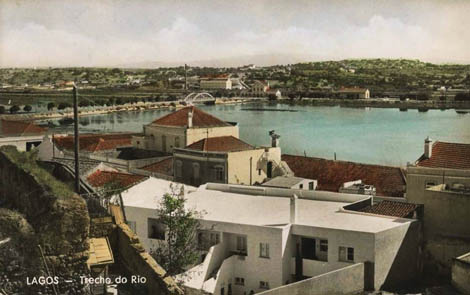
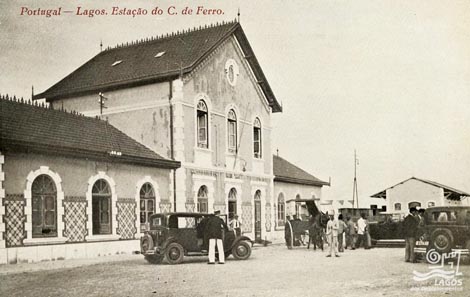

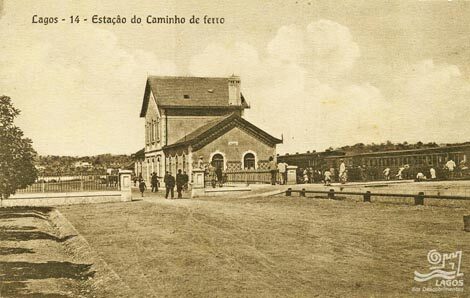
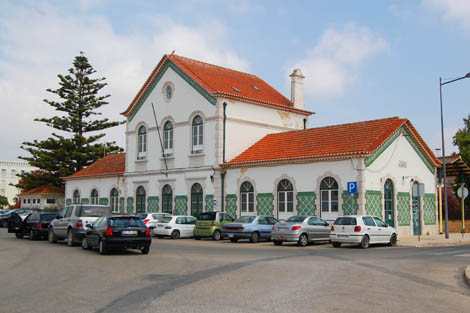
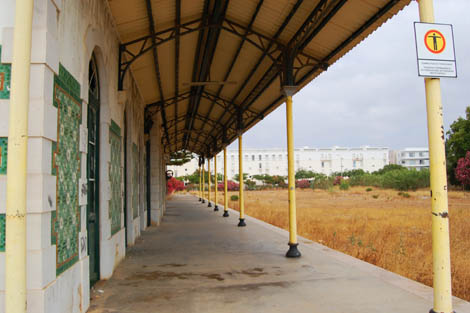
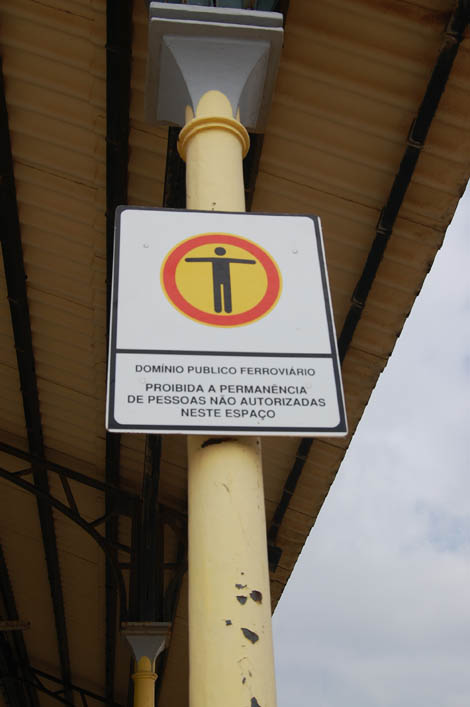
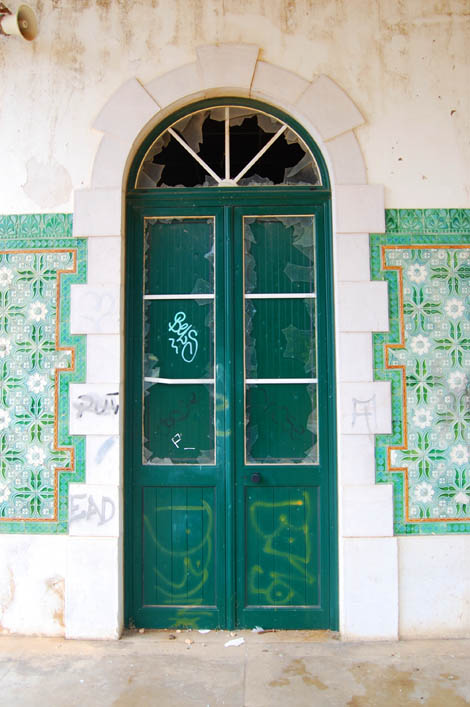
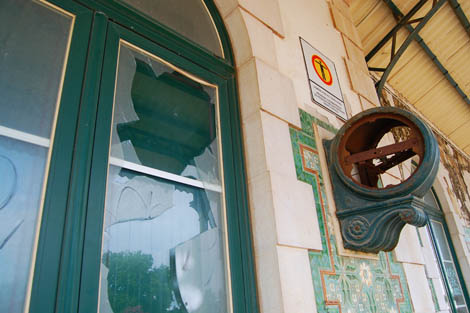
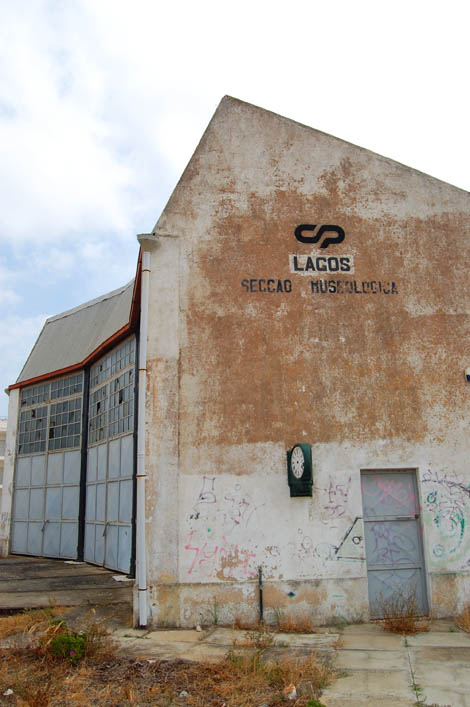
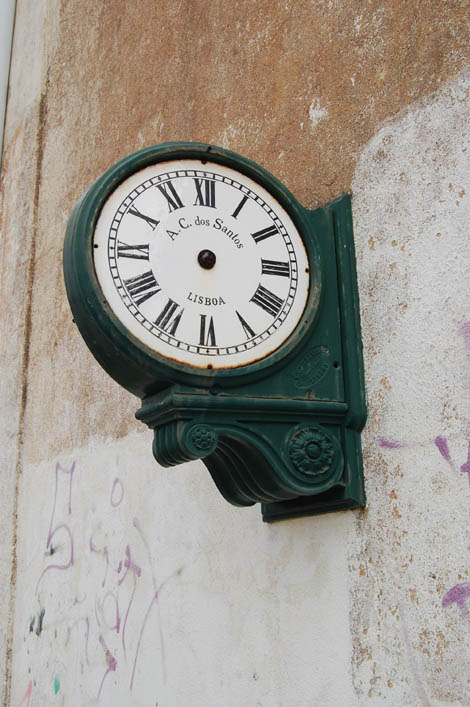
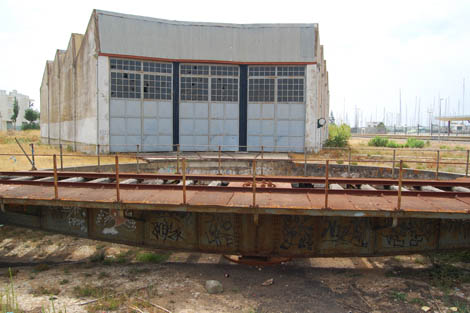
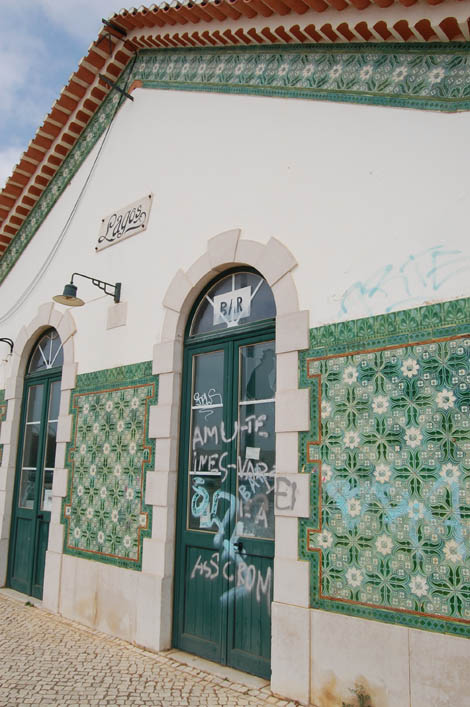
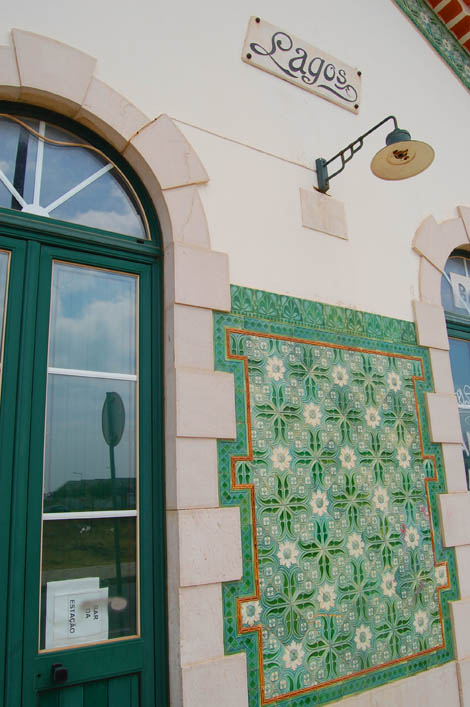
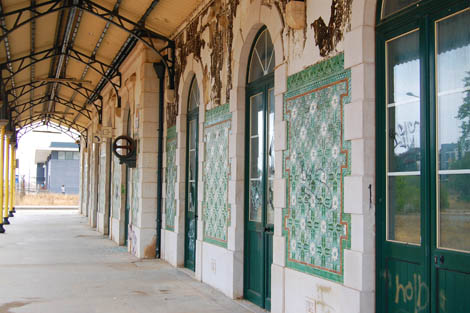
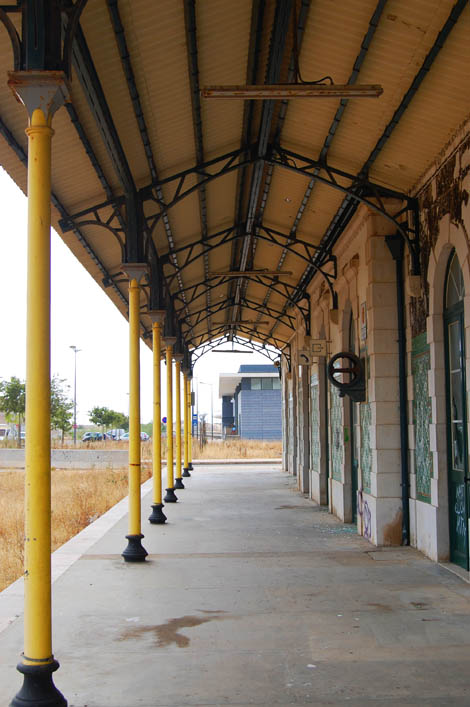
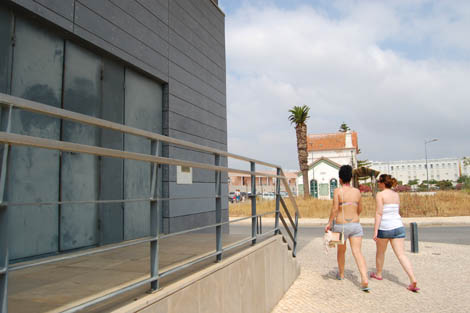
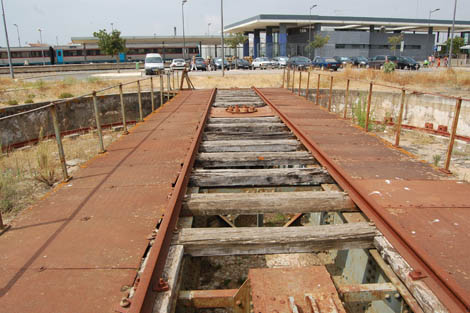
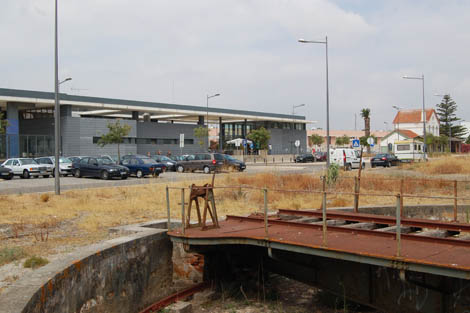
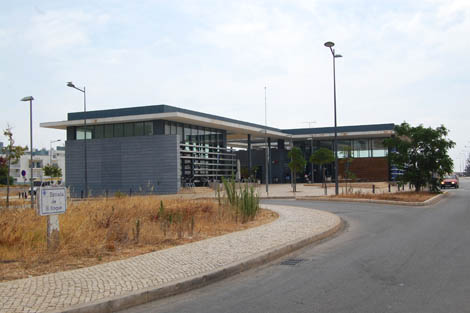
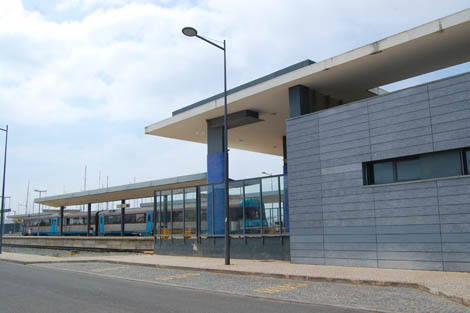
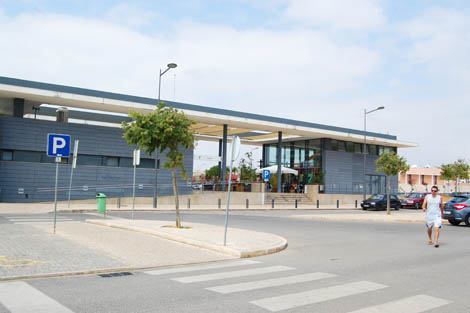
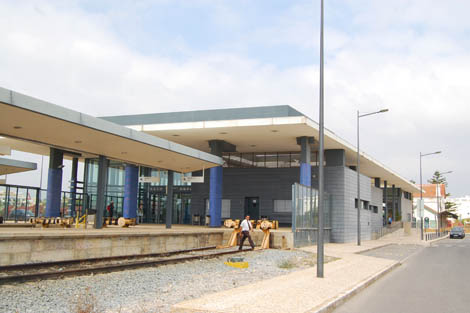
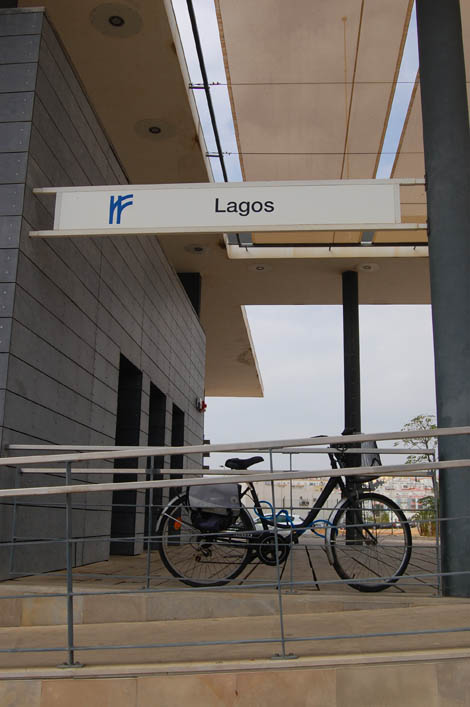
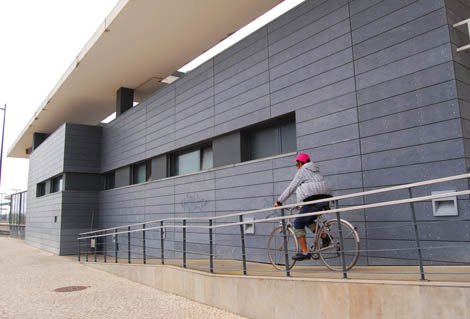
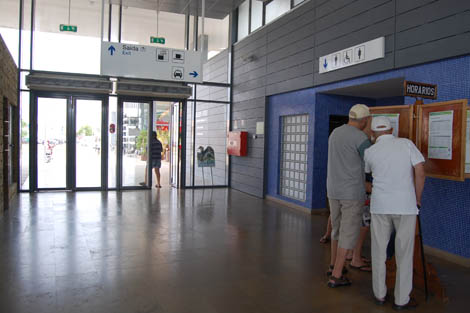
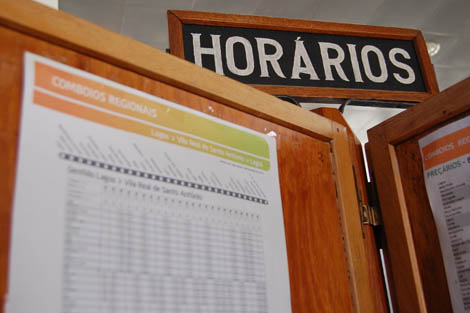
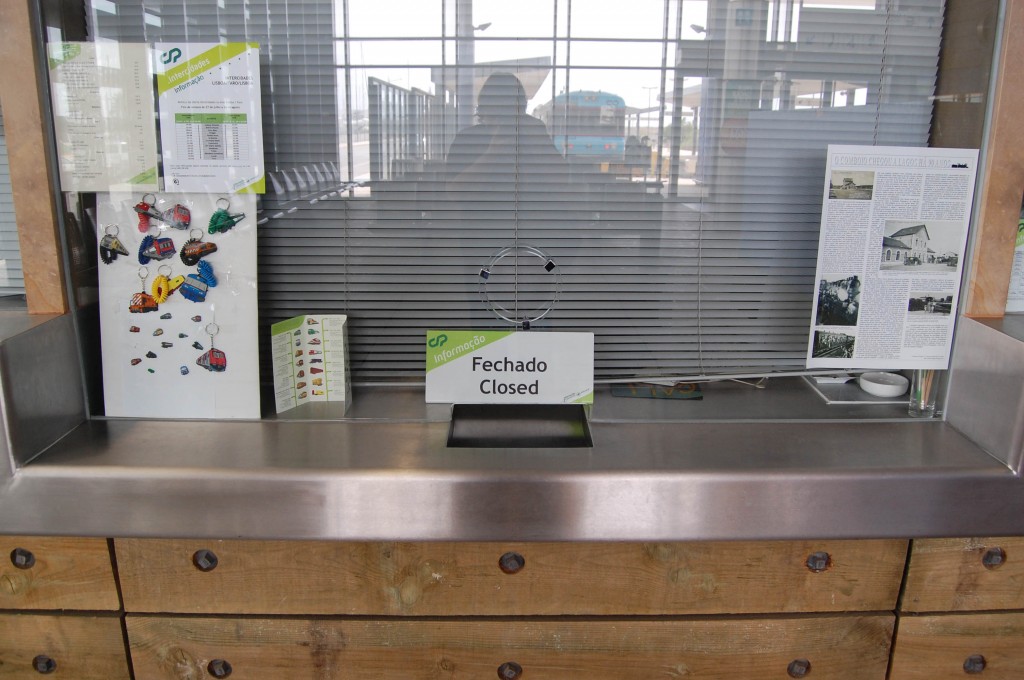
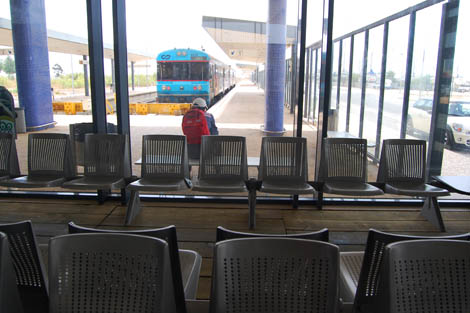
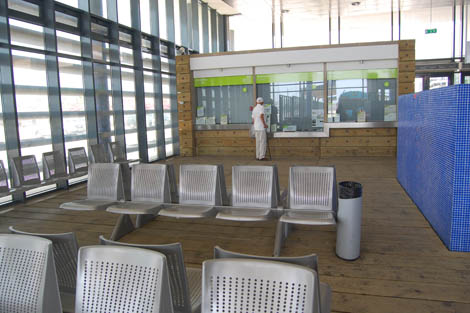
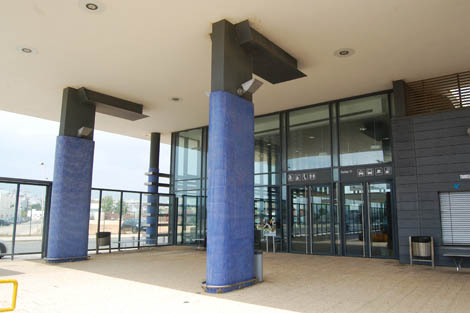
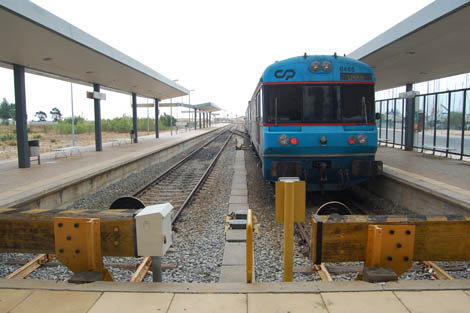
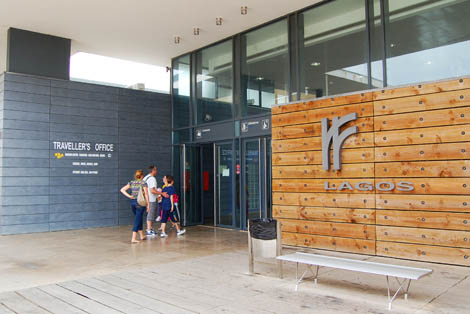
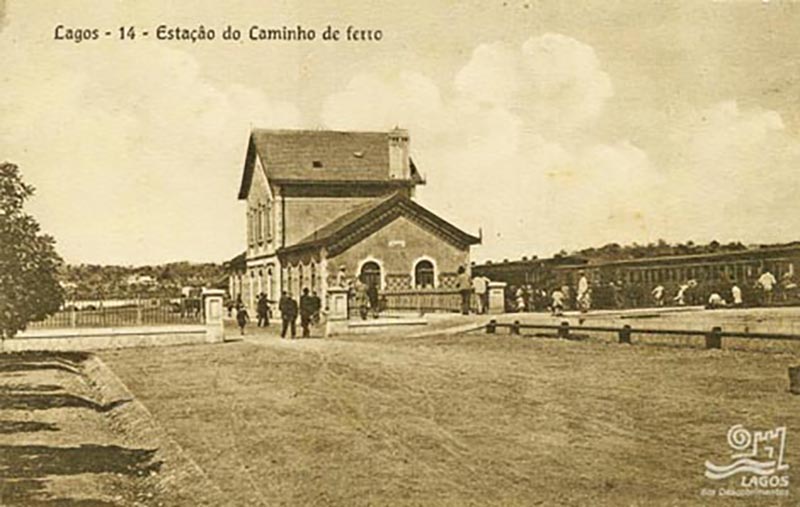



















Comments